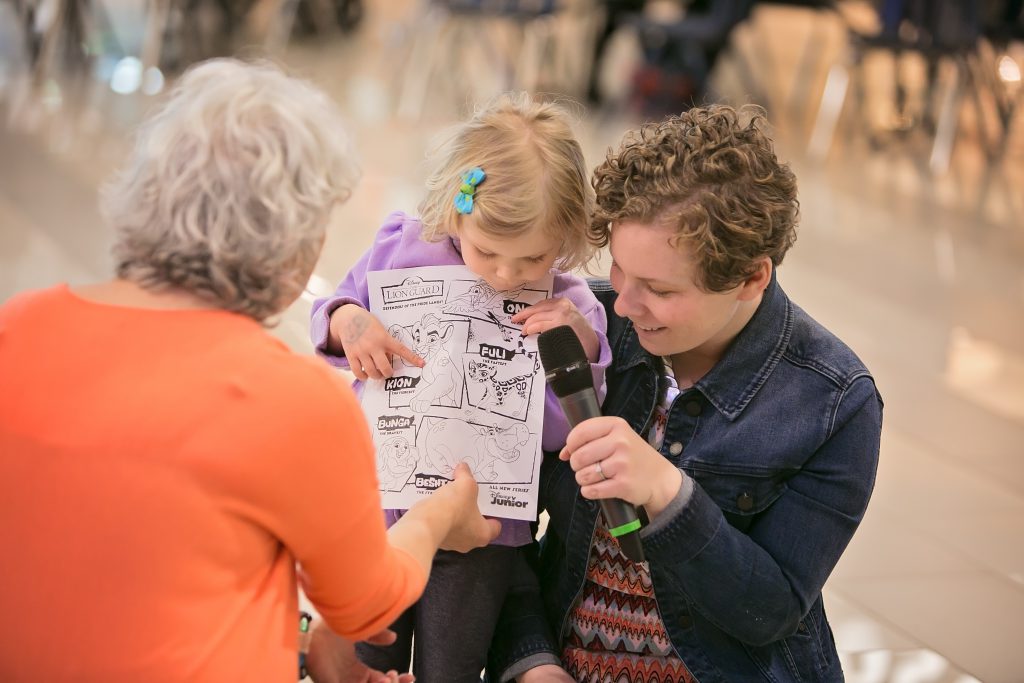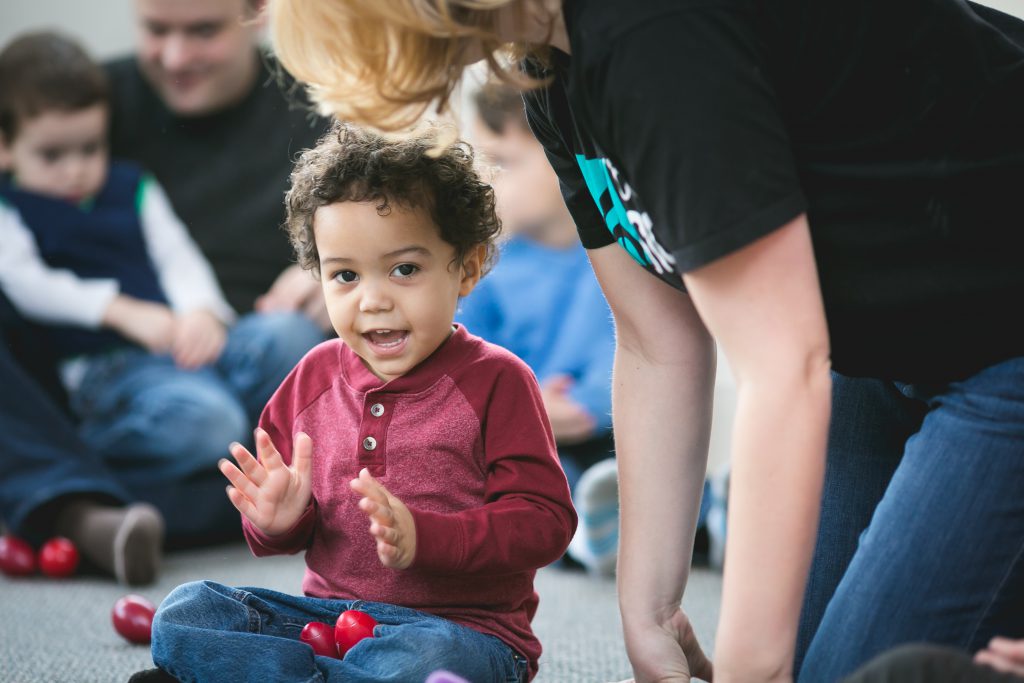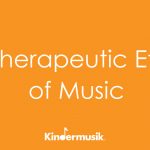We all know people who face challenges and have special needs. At some point, most of us face our own hurdles physically, mentally, spiritually, emotionally, relationally. Babies and toddlers, young children and teenagers, adults and retirees… Struggles are a part of the human condition and occur across all ages. Sometimes the struggles are temporary; other times they are a permanent part of life.
Some of us have learning challenges. Some experience social-emotional issues such as anxiety and depression. Some of us are physically challenged.
But ongoing research points to one thing that helpfully cuts across all types of wellness needs. That thing is music.

Music: Helpful Routines
When music is embraced as an essential part of daily life, all types of benefits occur. For example, children with autism can focus better and feel less stressed during “hot button” times, if music is introduced into the scenario. Seniors with dementia might feel calmer when bedtime includes songs they know and love—thereby giving them a night of more restful sleep and a more peaceful day after it.
People of all ages who experience anxiety or sensory overload are able to relax when music with a strong, steady beat is playing in the background. (Know when those stressful times are coming? Put on a song that makes you want to get up and march around, like this one!)
On the other hand, when people feel especially stressed by a noisy environment (or the “noise” going on inside their brains…something we’re all too familiar with!), soothing music without lyrics takes the stress response down a notch. Need to try it now? Here’s an example.
Music + Movement: More Power
At whatever phase in life, people who struggle with learning and retention of information are especially impacted in positive ways when music and movement are combined into pleasurable activities such as dancing. Exactly how does that work? Let’s have a look.
When balance, coordination, and tasks affecting the vestibular system are required, the lower parts of the brain are regulated and balanced. This frees the higher parts of the brain to do what they do best. As a result, problem-solving and critical thinking skills, effective communication, and knowledge acquisition through reading, writing, and math become easier.
These improvements are magnified when it comes to speech and language. That’s because experiencing music—whether listening and moving to it or singing along with it—involves the same brain circuits as speech and language development.
So when someone close to you displays these types of difficulties, put some fun back into life. Play music; get up and move to it. Together, open up your brains to higher functioning as you rock, sway, dance or get your groove on in other ways. The smiles are sure to follow.

Music: Community Matters
Cultures through the ages have enjoyed making music together. It’s no surprise that evidence of musical instruments, venues for musical performance, and traditions centered on music can be found in all civilizations. If someone needs lifting up, music gives us all wings.
Today you can see all types of people at musical festivals and performances. You can see all types of people filling musical classes. For example, at Kindermusik International studios around the world, everyone feels better from the moment a session begins—whether it is the tired parent, the fussy baby, the child who struggles to express himself or to keep herself calm, the dementia patient who is confused and distressed, or the person who longs for more physical mobility.
So join the world musical community yourself today. And bring everyone along for the dance with you! Help the struggles and stresses fade away, one song at a time.




